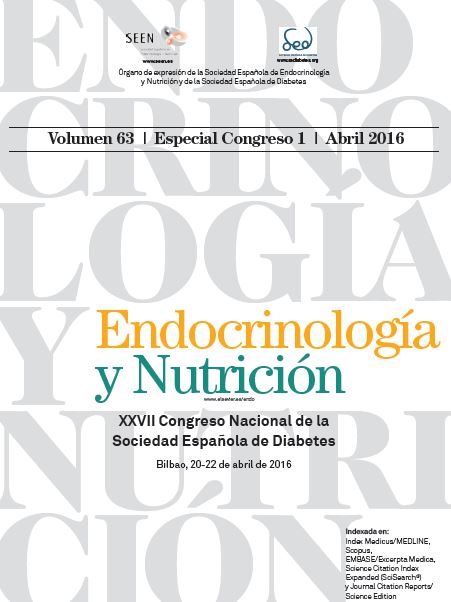O-007. - 4-PHENYLBUTYRATE ADMINISTRATION AMELIORATES BETA-CELL FUNCTION AND AMYLOID FORMATION IN MICE OVEREXPRESSING HUMAN ISLET AMYLOID POLYPEPTIDE
Introduction and objectives: Human islet amyloid polypeptide (hIAPP) is the major component of amyloid deposits in pancreatic islets of patients with type 2 diabetes. The process of hIAPP misfolding and aggregation is one of the factors that may lead to beta-cell dysfunction and death. We have previously shown that chemical chaperone 4-phenylbutyrate (PBA) relieves endoplasmic reticulum stress and ameliorates beta-cell function in vitro. Here, we aim to determine whether in vivo administration of PBA is able to counteract hIAPP-induced beta-cell dysfunction and amyloid formation in hIAPP expressing transgenic mice.
Material and methods: hIAPP-expressing islets were cultured with 16 mM glucose and 400 μM palmitate and treated with chemical chaperones taurine conjugated ursodeoxycholic (TUDCA) or PBA. Islet function was determined by glucose-stimulated insulin secretion. Apoptosis was determined by caspase 3 staining and amyloid formation was analyzed by ThioS staining. Wild type and hIAPP Tg mice were treated with 300 mg/ml of PBA dissolved in water. Glucose tolerance tests were performed at 0, 6 and 12 weeks after treatment. Serum parameters, gene expression levels and morphologic studies were determined at sacrifice.
Results: hIAPP-Tg islets exposed to high glucose and palmitate showed a decrease in insulin output and increased apoptosis. Treatment with chemical chaperones TUDCA or PBA ameliorated beta-cell function by decreasing apoptosis and increasing insulin secretion upon stimulation with 16 mM glucose. When hIAPP Tg islets were cultured for 7 days at 16 mM glucose, amyloid plaques were formed throughout the islet engaging 18.2 ± 2.3% of the insulin positive area. TUDCA and PBA treatment was able to diminish amyloid formation of hIAPP Tg islets to 5.3 ± 0.9% and 1.2 ± 0.4% respectively. Next, hIAPP Tg mice were administered PBA in water for 12 weeks. PBA treatment completely counteracted impaired glucose homeostasis after a glucose tolerance test. Further, PBA decreased expression of inflammatory genes, insulin levels and beta-cell area. These results indicate that PBA may play an important role in preventing beta-cell dysfunction and amyloid formation associated to T2D.
Conclusions: PBA administration increased insulin secretion and diminished amyloid formation in a mouse model of type 2 diabetes. This innovative in vivo approach could reveal a new therapeutic target and aid in the development and evaluation of strategies to diminish ER stress and limit the damaging amyloid observed in type 2 diabetic patients.





